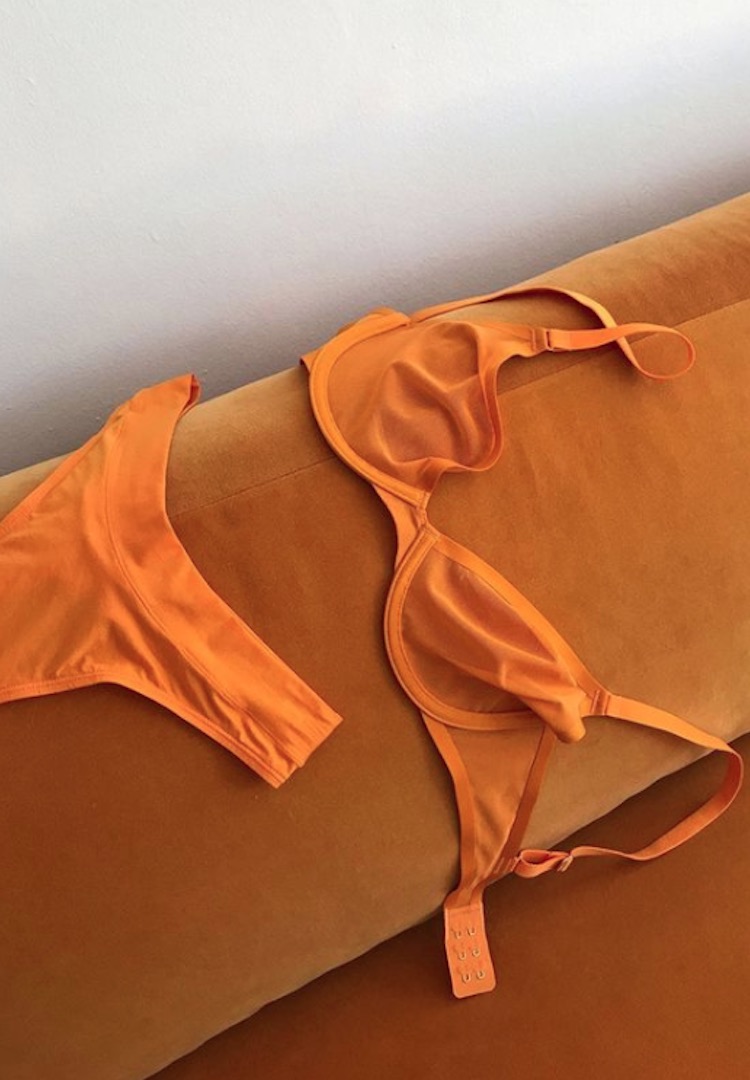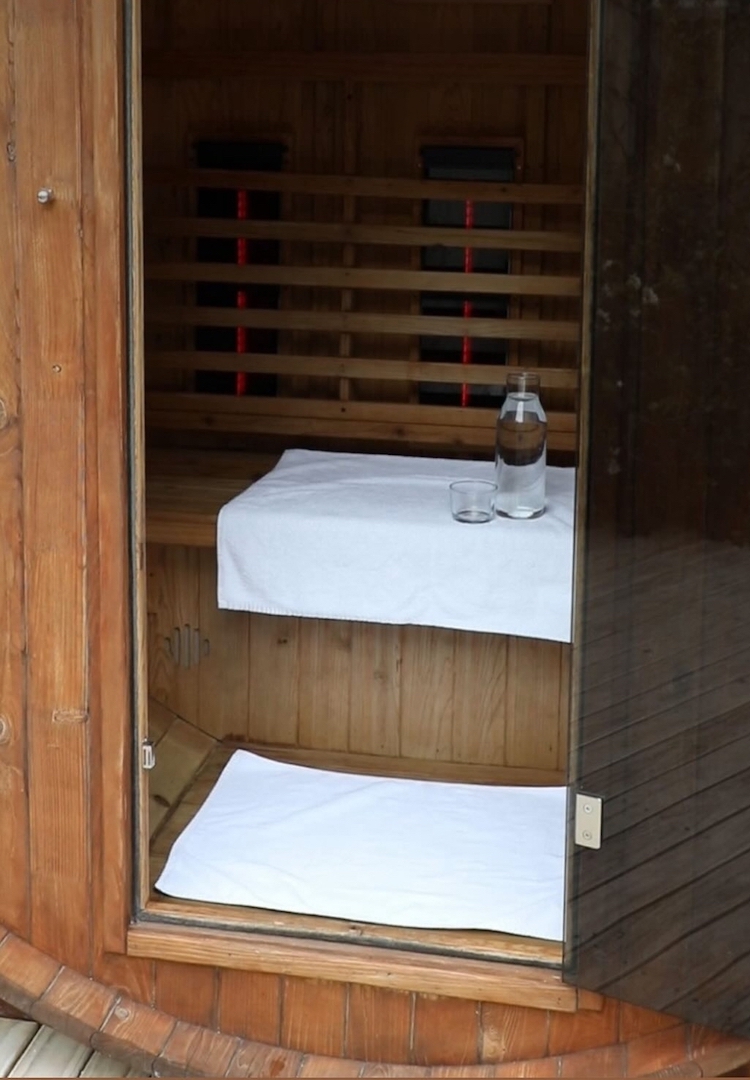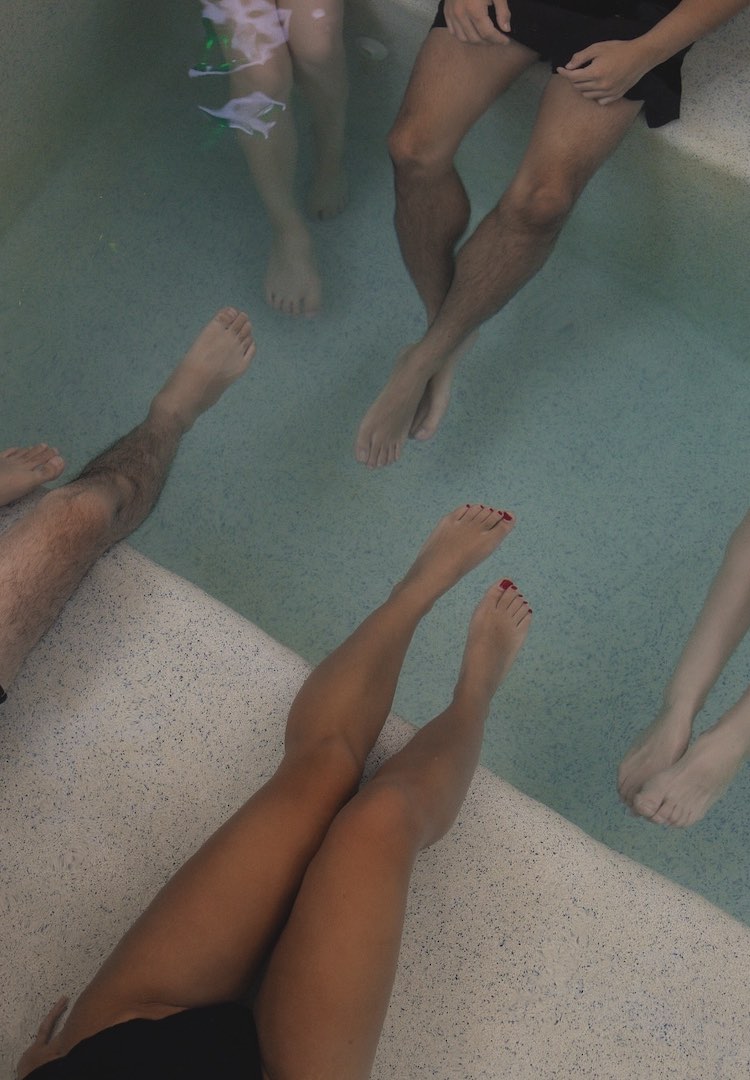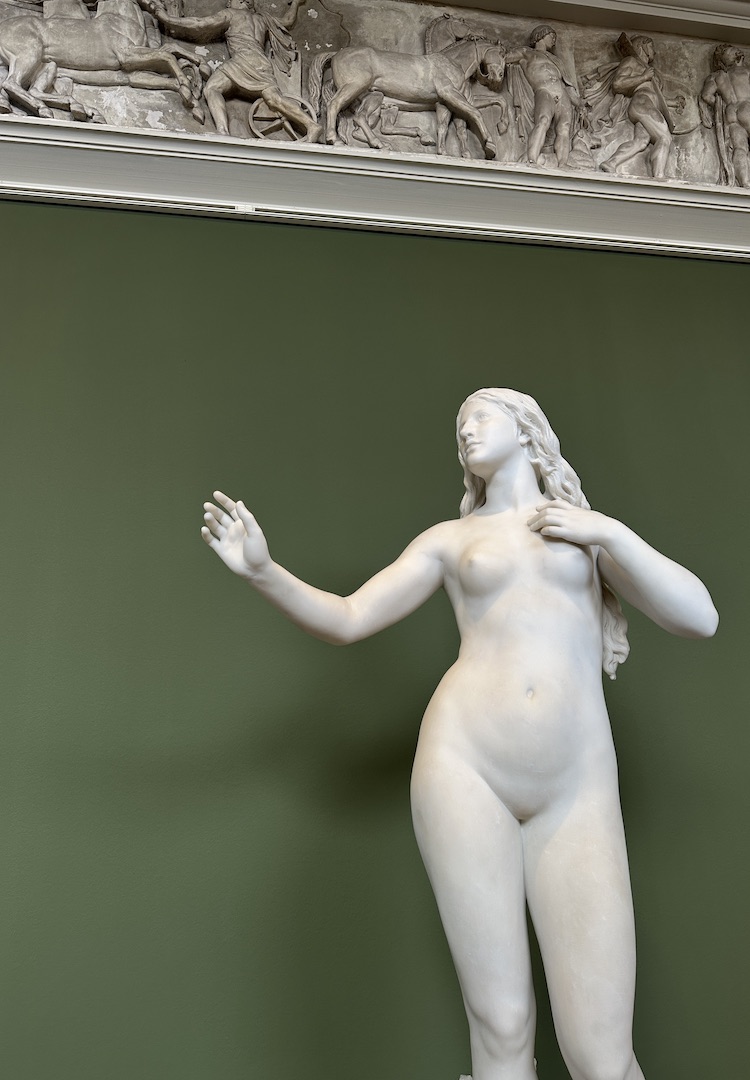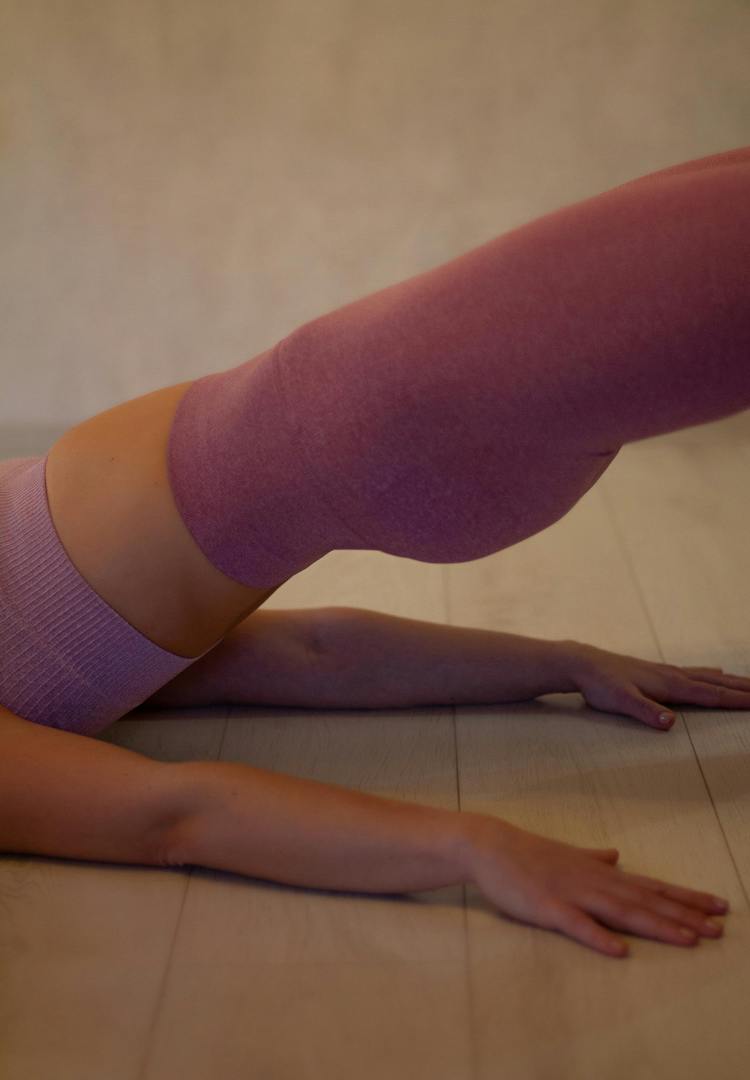How to check your boobs for lumps at home
IMAGE VIA CUUP
Because prevention is key.
Have you checked your boobs/breasts/tits lately? Yeah, me either. And, from a very informal survey I just did of my housemates, they haven’t either. Yes, I know, it’s not Breast Cancer Awareness Month, but I’m here to tell you that we shouldn’t be checking our boobs just once a year. And while breast cancer is the most commonly diagnosed cancer in Australia, early detection can make all the difference when it comes to this disease.
- Breast cancer is becoming more common, with one in seven Australian women now expected to be diagnosed in their lifetime
- It develops when abnormal cells within the breast multiply and form a tumour
- Eight Australian women lose their lives to breast cancer every day
- Early detection can significantly improve your outcomes
According to pretty much every doctor and health professional out there, you should be doing a self-examination every month from your twenties onwards. And look, while I may know what bra size I am and where to get the best sustainably-made lingerie, now that I’m aware of the regularity with which these self-examinations are meant to be performed, it appears I’m not as breast-aware as I thought.
Looking to procrastinate in a productive way? Subscribe here and we’ll send more great reads straight to your inbox.
According to health professionals, it’s best to get into the habit of checking them around the same time each month, because – thanks to those dastardly hormones – your breasts change throughout your cycle, meaning the areas that are lumpy will also change. Being consistent with when you check them will quickly familiarise you with how your breasts normally look and feel.
And while it’s a good idea to examine yourself several days after your period ends, because your breasts are least likely to be swollen and tender, there’s technically no ideal time of the month to perform a self-examination. Now, to the checking part. If your breasts feel lumpy, don’t freak out – many women have lumpy breasts, myself included, and it’s perfectly normal.
But if the lumps are unchanging, irregular or feel bigger each time you check them, then you should book an appointment with your GP. You should also be on the lookout for any other changes to your nipples, breasts and armpits. These changes can include discharge coming from your nipple, puckering of the skin, a lump somewhere near your breast, like your armpit, and changes in the colour or shape of your breasts.
According to Cancer Australia, other changes that we should be looking out for include:
- thickening or swelling in part of your breast
- flaky, red or inverted nipples
- nipple discharge that occurs without squeezing
- irritation or dimpling of your breast skin
- unusual or lasting pain in any area of your chest
I’m sure we can all agree that breast cancer is a terrifying prospect, which is why making a self-breast check part of your monthly routine is a very adult, very wise thing to do. After all, early detection and appropriate treatment can significantly improve breast cancer survival rates. So breast-havers, it’s time to start scheduling a regular at-home appointment with your twins.
While there is no one technique to check your breasts, there are a few ways to make sure you remember to actually do it.
1. Mirror, mirror, on the wall
While you’re standing in front of the mirror with your shoulders straight and your arms on your hips whispering your daily messages of positivity, get to know the look of your boobs. One bigger than the other? The left one slightly higher? By noticing these little details you’ll be able to detect any potential changes.
2. Raise the roof
Same as above. This time with hands to the ceiling while you do a mini rave in your bathroom. While you’re there, check for any fluid from the nipples.
3. Check-this and chill
Time to multitask while you lie down and watch some piping hot trash on Netflix. Get hands-y by using the pads of your first few fingers in circular motions over the entirety of your breasts. Use the left hand for your right breast and vice versa, from top to bottom and side to side (your collarbone to the top of your abdomen and your armpit to your cleavage).
4. Wash, rinse, repeat
Checking your boobs in between shampooing and conditioning your hair serves as a good addition to your routine. Do you get scolded for using all the hot water, always? You can instead use the same technique as you apply your moisturiser post-shower.
Head here for more information on self-examinations and breast health.


